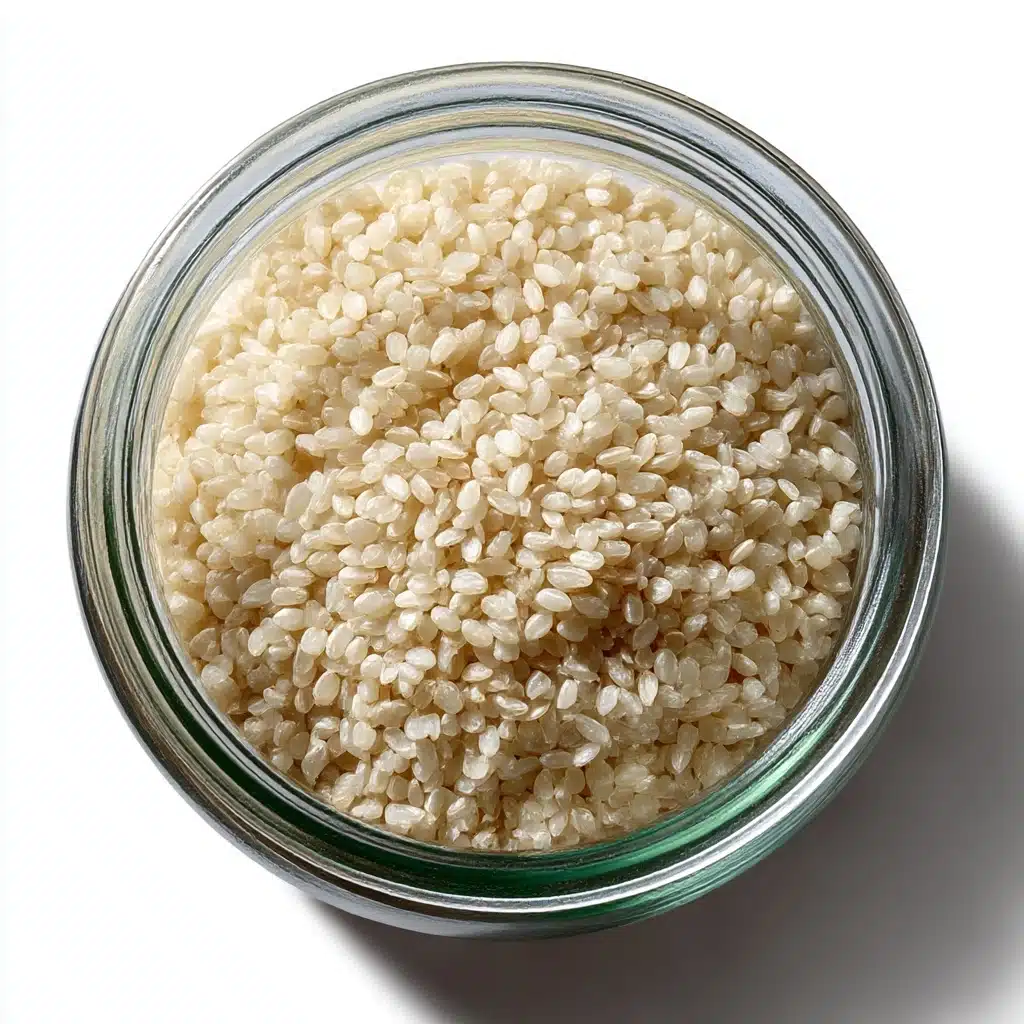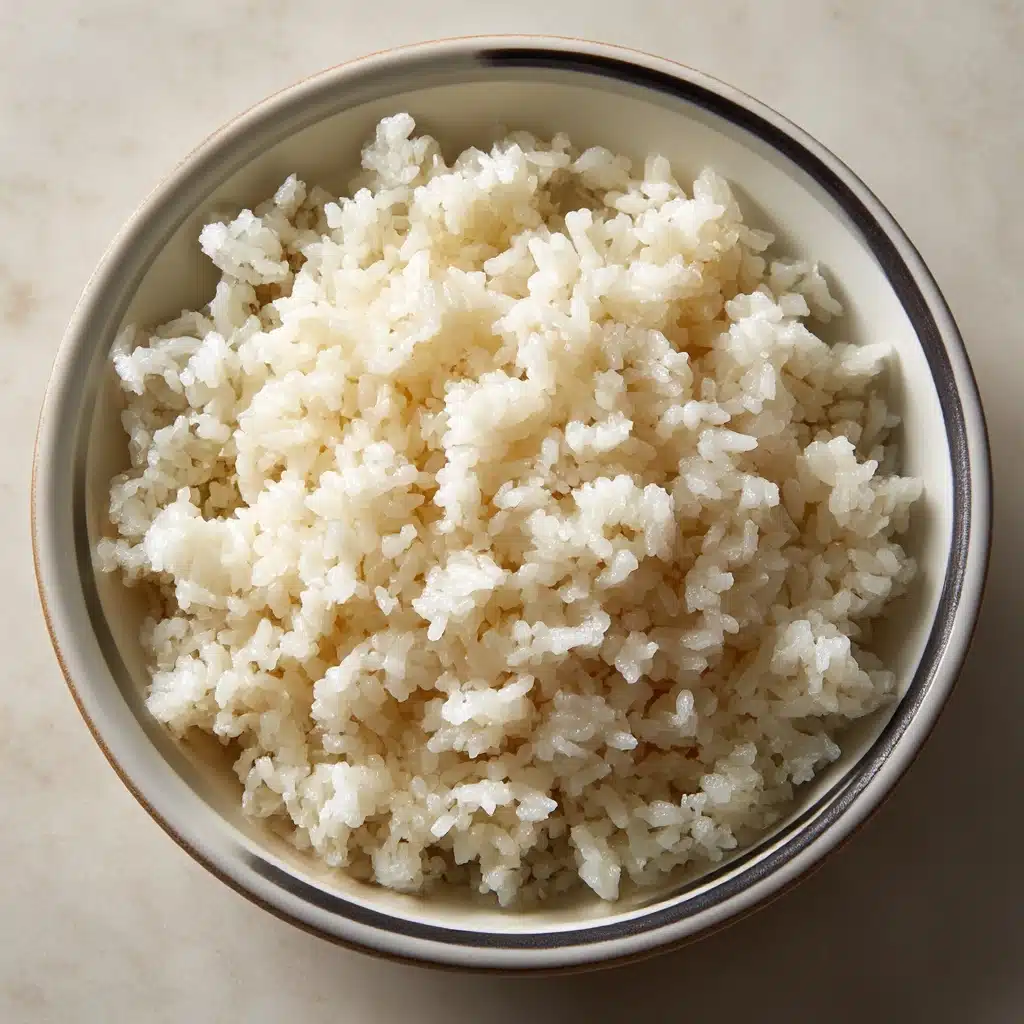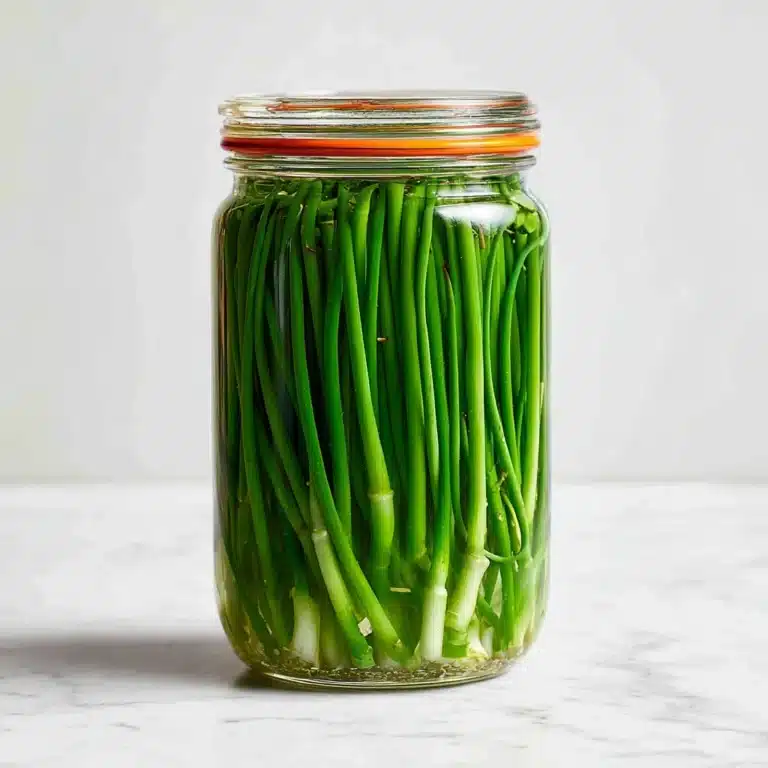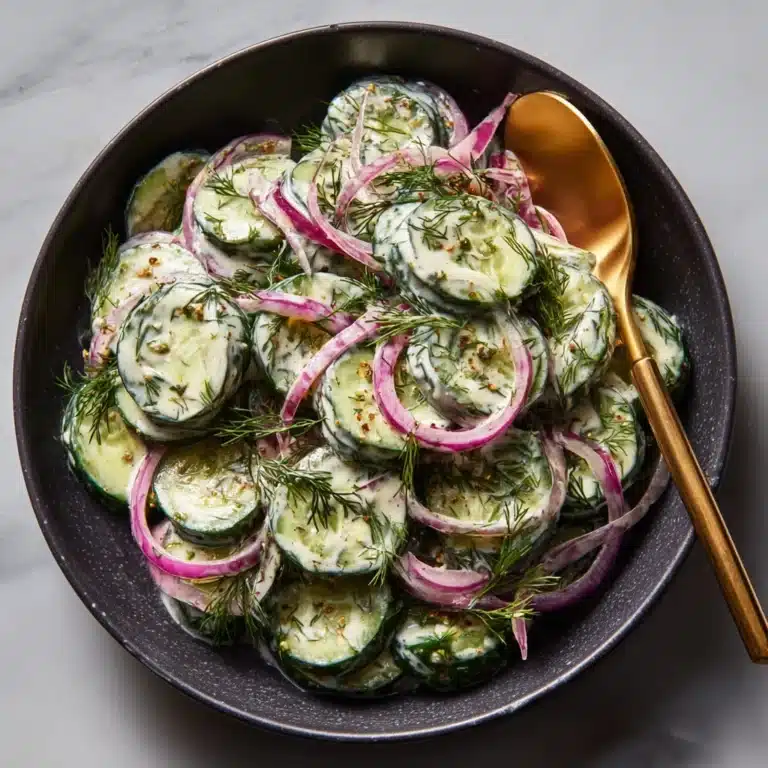Few things in Japanese cuisine Side Dish. With its signature balance of sweet, tangy, and savory, the fluffy grains are what set fantastic sushi apart from the ordinary. Mastering this simple staple unlocks so many possibilities—whether you plan on hand-rolling sushi, making poke bowls, or serving it with your favorite Japanese-inspired dishes. It’s about attention to detail and a touch of patience for perfect texture and flavor every time.
Ingredients You’ll Need

Ingredients You’ll Need
The beauty of Sushi Rice is that it comes together with just a few simple ingredients, but each one truly matters for the final result. From the perfect short-grain rice to the essential splash of vinegar, every component brings out the best in both taste and texture.
- Sushi rice (short-grain white rice): This sticky, plump grain is the main star—it soaks up all the seasoning and gives that classic tender, slightly chewy bite that regular rice just can’t deliver.
- Water: Filtered or fresh-tasting water is key, since rice absorbs it completely, affecting the final flavor and texture.
- Rice vinegar: This is where the magic happens; its gentle tang transforms plain rice into the irresistible base for sushi.
- Sugar: Don’t skip it—sugar balances the vinegar with just enough sweetness, keeping the rice lively and never sour.
- Salt: Just a pinch deepens flavor, making every grain sing and balancing out both sweet and tart notes.
How to Make Sushi Rice
Step 1: Rinse the Rice Thoroughly
Start by measuring out your sushi rice and placing it in a fine-mesh strainer or a large bowl. Rinse under cold running water, gently swirling the rice with your hand. This step is essential for removing excess starch, which can otherwise make the rice gummy instead of perfectly glossy and separate. Continue rinsing and changing the water until it runs clear—it usually takes about three or four rinses. Don’t rush this step; it’s key for fluffy, tender rice.
Step 2: Cook the Sushi Rice
Transfer the rinsed, drained rice to your rice cooker or a medium saucepan. Add precisely 2 cups of water. If you’re using a rice cooker, simply start it and let the machine do its magic according to the manufacturer’s guidelines. If you’re going stovetop, bring the rice and water to a gentle boil over medium heat. Once boiling, turn the heat down low, cover tightly, and simmer for 18 to 20 minutes, undisturbed, until every drop of water is absorbed. When it’s done, turn off the heat and let the rice steam, still covered, for another 10 minutes—this crucial rest results in an evenly cooked, fluffy texture.
Step 3: Prepare the Sushi Vinegar
While the rice is resting, combine the rice vinegar, sugar, and salt in a small saucepan. Place over low heat and stir continuously until the sugar and salt fully dissolve—there’s no need to bring it to a boil, just a gentle warming will do. This subtle seasoning mix is what transforms your rice, infusing every grain with that signature subtly sweet, tangy flavor essential for authentic Sushi Rice.
Step 4: Season and Cool the Sushi Rice
Once the rice has finished steaming, transfer it—gently!—to a large glass or wooden bowl (avoid metal, which can react with the vinegar and alter the flavor). Pour the seasoned vinegar mixture evenly over the hot rice. Using a wooden spatula, fold and slice through the rice (don’t stir or mash) to evenly distribute the seasoning. While you fold, fan the rice with a handheld fan or even a magazine; this helps it cool quickly and produces that beautiful glossy surface you see at good sushi counters.
Step 5: Keep Moist and Serve
After mixing, cover the rice with a clean, damp kitchen towel to keep it from drying out. Sushi Rice is best used warm or at room temperature, so try to use it right after making. If you’re prepping a bit ahead, the towel trick will keep it moist and tender until you’re ready to create sushi rolls, bowls, or any number of delicious uses!
How to Serve Sushi Rice
Garnishes
For an authentic touch, sprinkle your Sushi Rice with toasted sesame seeds or strips of nori (seaweed). A little chopped scallion, pickled ginger, or even a pinch of furikake seasoning adds color and extra layers of flavor that can make each bite uniquely memorable. Don’t be afraid to get creative or keep it simple—either way, these small touches turn the base rice into a star on its own.
Side Dishes
Sushi Rice is a versatile backdrop for so many side dishes. Pair it with classic miso soup, crunchy tempura vegetables, or a colorful Japanese cucumber salad. When served alongside thinly sliced sashimi, teriyaki tofu, or grilled fish, it elevates the entire meal, turning a simple dinner into something truly special.
Creative Ways to Present
Don’t limit yourself to traditional sushi rolls! Shape your warm Sushi Rice into handheld nigiri, press it into onigiri rice balls, or spoon it into vibrant poke bowls loaded with fresh veggies and proteins. You can even use cookie cutters to shape the rice for festive bento boxes that are as fun to look at as they are to eat. The options are endless, and you’re only limited by your imagination.
Make Ahead and Storage
Storing Leftovers
If you have leftover Sushi Rice, let it cool to room temperature, then store it in an airtight container with a damp paper towel laid over the rice before sealing the lid. This bit of moisture helps keep the rice from drying out. Leftovers are best enjoyed within a day for their best taste and texture.
Freezing
While freezing isn’t ideal for preserving the tender, seasoned quality of freshly prepared Sushi Rice, you can do it in a pinch—shape the cooled rice into balls or portions, wrap tightly in plastic wrap and place them in a freezer bag. When frozen this way, the rice will keep for up to a month, but remember the texture may change slightly after thawing.
Reheating
To revive leftover or thawed Sushi Rice, sprinkle it lightly with water and warm it gently in the microwave, covered, until just heated through. If possible, avoid overheating to preserve the grains’ texture. Once warmed, fluff it with a fork or spatula and recover with a damp towel until serving time.
FAQs
Why does my Sushi Rice turn out too sticky or mushy?
Excessive stickiness or a mushy texture usually means too much water was used or the rice wasn’t rinsed well enough. Be precise with your measurements and always rinse until the water runs nearly clear. If you follow the steps above, you should end up with rice that is tender, sticky, but never gluey.
Can I make Sushi Rice ahead of time?
You can prepare Sushi Rice a few hours ahead. Just keep it covered with a damp towel at room temperature. Sushi Rice is best when slightly warm or at room temperature, so avoid chilling it in the refrigerator, which can harden the grains.
Can I use another type of rice?
Short-grain Japanese rice is best for authentic Sushi Rice, as it’s naturally sticky and plump. Long-grain or jasmine rice won’t achieve the same texture and are not recommended. If you must substitute, look for “sushi rice” labeled packages or Calrose rice as an alternative.
What’s the best vinegar for seasoning Sushi Rice?
Unseasoned rice vinegar is traditional and gives the cleanest flavor, but apple cider vinegar works in a pinch. Avoid balsamic or strong-flavored vinegars, as they can overwhelm the delicacy of the rice. Rice vinegar ensures the classic taste and aroma you expect from the best sushi.
Can I make Sushi Rice without sugar?
Sugar is traditional, balancing the tang of the vinegar and enhancing the overall flavor. You can reduce the amount or try a natural sweetener like agave, but leaving it out entirely will make the rice less balanced and not quite as satisfying.
Final Thoughts
If you’ve never tried making Sushi Rice at home, you’re in for a treat! It’s a simple pleasure that opens the door to so many creative, delicious meals. Give it a go and take pride in crafting this traditional base for your next sushi night or anytime you want a bit of Japanese comfort. Happy rolling!
Print
Sushi Rice Recipe
- Total Time: 30 minutes
- Yield: 4 servings 1x
- Diet: Vegetarian
Description
Learn how to make perfect sushi rice at home with this simple recipe. This seasoned rice is essential for delicious sushi rolls.
Ingredients
Sushi Rice:
- 2 cups sushi rice (short-grain white rice)
- 2 cups water (plus more for rinsing)
- 1/3 cup rice vinegar
- 3 tablespoons sugar
- 1 teaspoon salt
Instructions
- Rinse the rice: Rinse the sushi rice under cold water until the water runs clear. Drain well.
- Cook the rice: Cook the rinsed rice with water in a rice cooker or saucepan until done.
- Season the rice: Mix rice vinegar, sugar, and salt; fold into the cooked rice.
- Cool the rice: Fan the rice to cool it quickly, ready to use for sushi.
Notes
- Avoid metal utensils when mixing vinegar with the rice.
- Do not refrigerate sushi rice; use fresh and warm.
- Prep Time: 5 minutes
- Cook Time: 20 minutes
- Category: Side Dish
- Method: Stovetop, Rice Cooker
- Cuisine: Japanese
Nutrition
- Serving Size: 1 cup
- Calories: 220
- Sugar: 6g
- Sodium: 270mg
- Fat: 0g
- Saturated Fat: 0g
- Unsaturated Fat: 0g
- Trans Fat: 0g
- Carbohydrates: 49g
- Fiber: 1g
- Protein: 4g
- Cholesterol: 0mg







